Engineering and Construction
Wooden Nails
I'm familiar with using wooden dowels to join together pieces of wood. But the existence of wooden nails that can be driven in with a hammer or nail gun is new to me.Why use wooden rather than metal nails? In most applications I'd imagine that metal nails are just fine (and much cheaper), but the wooden ones apparently have some advantages. They won't corrode; they'll flex with the wood; will look better; and aren't going to dull a saw blade if you accidentally cut through one.
More info: fastenerandfixing.com
Posted By: Alex - Sun Dec 24, 2023 -
Comments (2)
Category: Engineering and Construction
Project Uplift
1967: Eighty freshmen at Harvey Mudd College proposed that, as their engineering project, they undertake the design of a better brassiere. They named their proposal 'Project Uplift.'The students who made this proposal were, somewhat obviously, almost entirely male. As far as I can tell, Harvey Mudd was coed at the time (1967), but was mostly male.
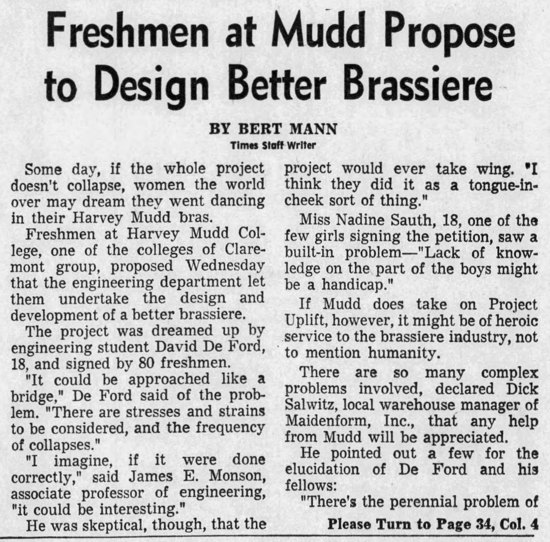
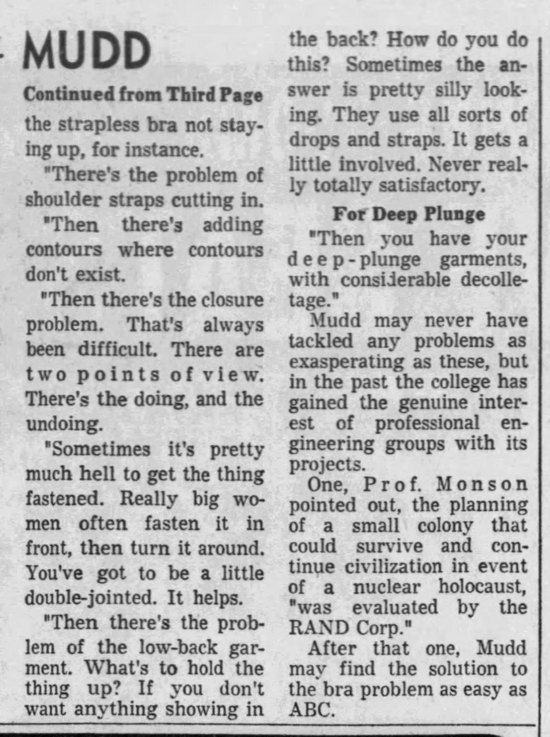
Los Angeles Times - Mar 23, 1967
Posted By: Alex - Fri Sep 22, 2023 -
Comments (3)
Category: Engineering and Construction, Underwear, 1960s
Sidney Cornell’s Geyser Relays
Over the years there have been a lot of ideas proposed to solve Southern California's water shortage. One of the more unusual, from back in the early 1950s, was Sidney Cornell's geyser relays.His idea was that, instead of moving water from Northern to Southern California by means of pipelines or canals, one could use hydrocannons to shoot it through the air.
He envisioned a series of powerful hydrocannons each positioned a mile apart. A geyser of water would be blasted from a cannon, a mile through the air, and collected in a funnel at the next pumping station. It would then be blasted to the next station in the chain, continuing like this for four-hundred miles.
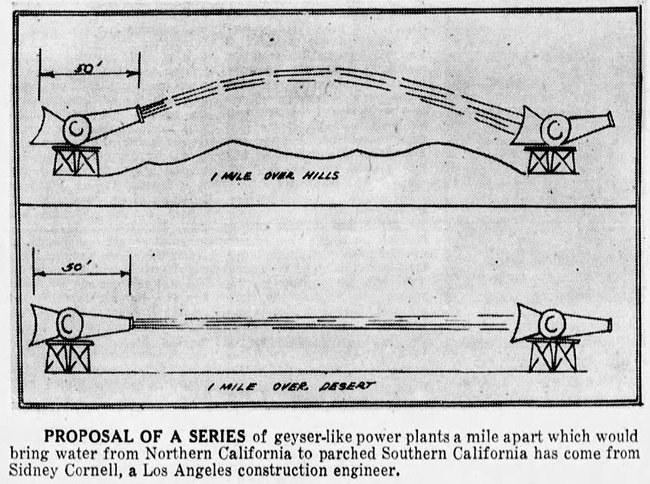
Durham Herald-Sun - Jun 17, 1951
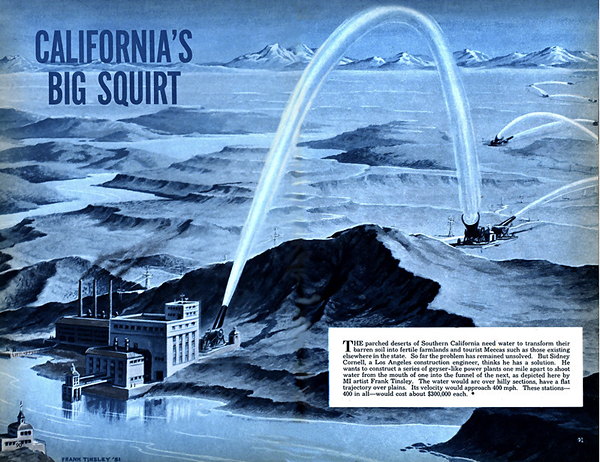
Mechanix Illustrated - Oct 1951 (via California WaterBlog)
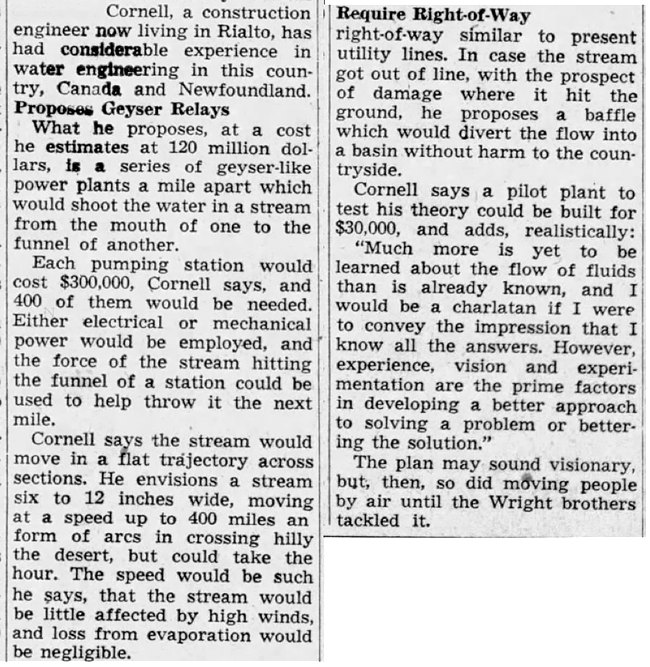
San Pedro News-Pilot - Aug 8, 1951
The idea seems so harebrained that it's hard to understand how Cornell thought it could be even remotely possible. I'm guessing he was persuaded by the phenomenon of laminar flow, by means of which it's possible to get a jet of water to remain tightly focused, with minimal turbulence or scattering. See the video below for an example.
But even so, I'm sure that winds would push the water off-course, despite Cornell's claim that this wouldn't happen. And the cost would be significant.
Posted By: Alex - Tue Jan 24, 2023 -
Comments (8)
Category: Engineering and Construction, Crackpots, 1950s
The Reber Plan
In this era when we speculate about giant geoengineering schemes, we should honor such past visionaries as John Reber, who wanted to turn San Francisco Bay into two giant freshwater lakes.
Posted By: Paul - Tue Nov 29, 2022 -
Comments (2)
Category: Eccentrics, Engineering and Construction, Oceans and Maritime Pursuits, 1950s
The Cyclops Eye Speedometer
Watching this great old Studebaker commercial, I was intrigued by the mention of a "Cyclops Eye Speedometer." It turns out that it was a barrel painted with the MPH numbers that revolved behind a lens to measure the speed. Highly imprecise, I would think, perhaps explaining its demise. Apparently, some Citroens used it too (last foto).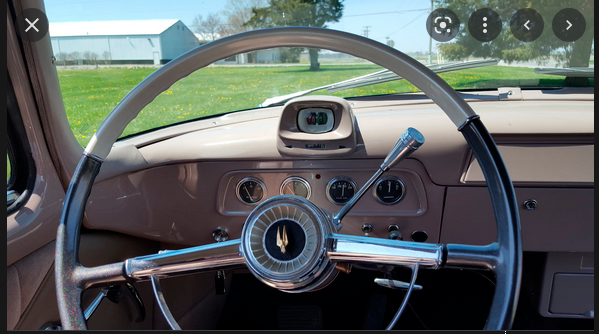
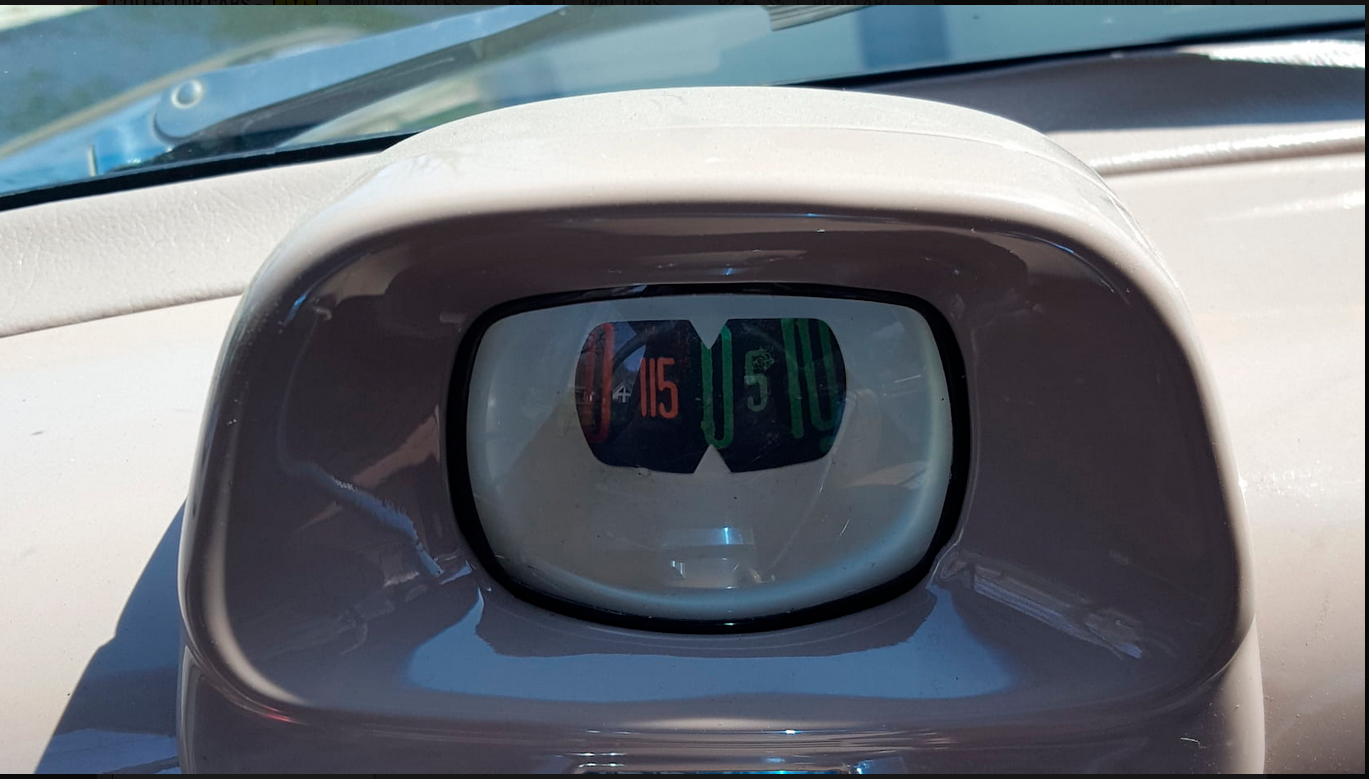
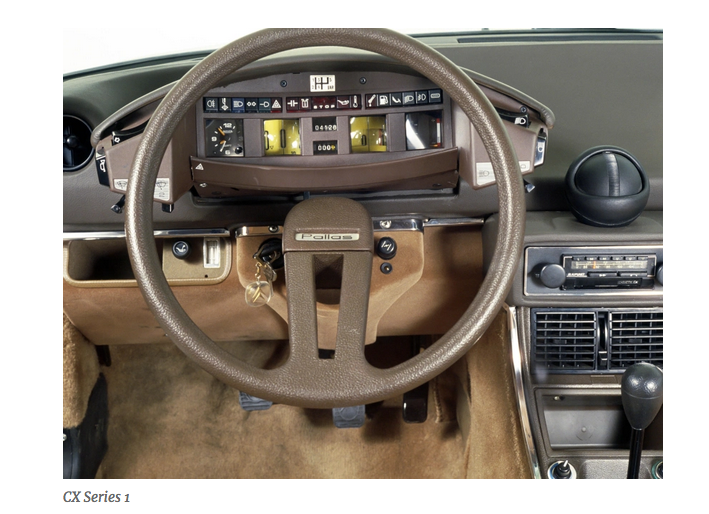
Posted By: Paul - Tue Aug 09, 2022 -
Comments (4)
Category: Engineering and Construction, Kludges, Hacks and Duct-tape Repairs, 1950s, Cars
Anti-Pollution Ventilators
1996: French engineer Yves Lecoffre proposed installing 70,000 "anti-pollution ventilators" (aka fans) around the streets of Paris to blow away the exhaust fumes from cars.Was he joking about this? Was it some kind of April Fool joke? Not as far as I can tell. Though I can't imagine how his scheme would have made the slightest difference to Paris's air quality.
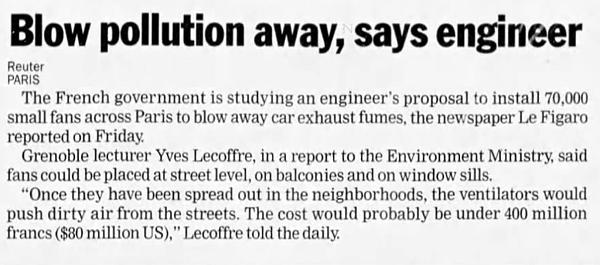
Calgary Herald - May 4, 1996
Posted By: Alex - Tue Apr 13, 2021 -
Comments (3)
Category: Engineering and Construction, Really Bad Ideas, Urban Life, 1990s
The use of blood to make concrete
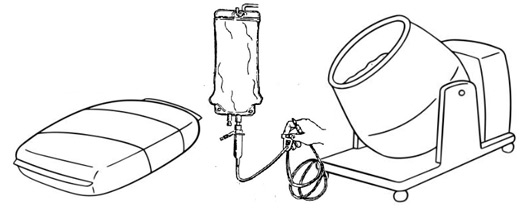
In 1980, Charles Laleman of France received a US patent (No. 4,203,674) for a technique for making concrete by mixing together cement with blood. His patent described a variety of different recipes one could use to create this blood concrete. For instance:
A light colloidal concrete is prepared by using:
a commercially available cement (cement CPA 400), a silico-calcareous sand graded no higher than 0.8 mm (the cement/sand mass ratio being equal to 1), whole blood powder of animal origin, a colloid, and mixing water in variable proportions.
The various constituents are mixed by means of a mixer working between 100 and 600 r.p.m.
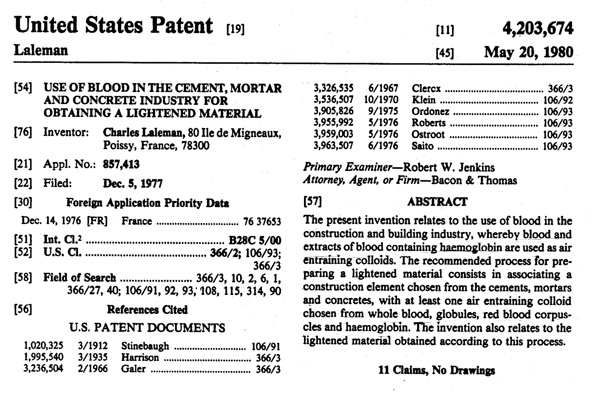
The advantage of using blood, Laleman argued, was that the oxygen in it produced a lighter concrete.
Curiously, Laleman acknowledged that the idea of using blood to make concrete wasn't in any way new. He cited a variety of earlier patents, such as US patent 1,020,325 from 1912 which described mixing blood into concrete. And, in fact, the technique of using blood to make concrete was even practiced by the ancient Romans.
What made Laleman's technique unique (and therefore patentable) was apparently that he used it specifically to lighten the concrete, rather than to color it or to make it more porous. That seems like a rather fine distinction to me, but it was enough to earn him a patent.
Laleman's list of earlier patents includes another oddity. He refers to US Patent No. 3,536,507 (from 1970) which describes making concrete by combining cement with "an admixture which is derived from the fermentation liquor resulting from the aerobic fermentation of liquid carbohydrates, e.g., molasses from beet or cane sugar, corn, wheat or wood pulp." That sounds like a fancy way of saying they were mixing cement with beer.
Posted By: Alex - Sun Mar 15, 2020 -
Comments (4)
Category: Engineering and Construction, Inventions, Patents, 1980s, Blood
A Queer Ferry
I would call this an aerial tramway for cars. Seems it would have been much easier just to build a bridge!
Posted By: Paul - Wed Nov 27, 2019 -
Comments (8)
Category: Engineering and Construction, Motor Vehicles, Technology, 1930s
Super-Greater New York
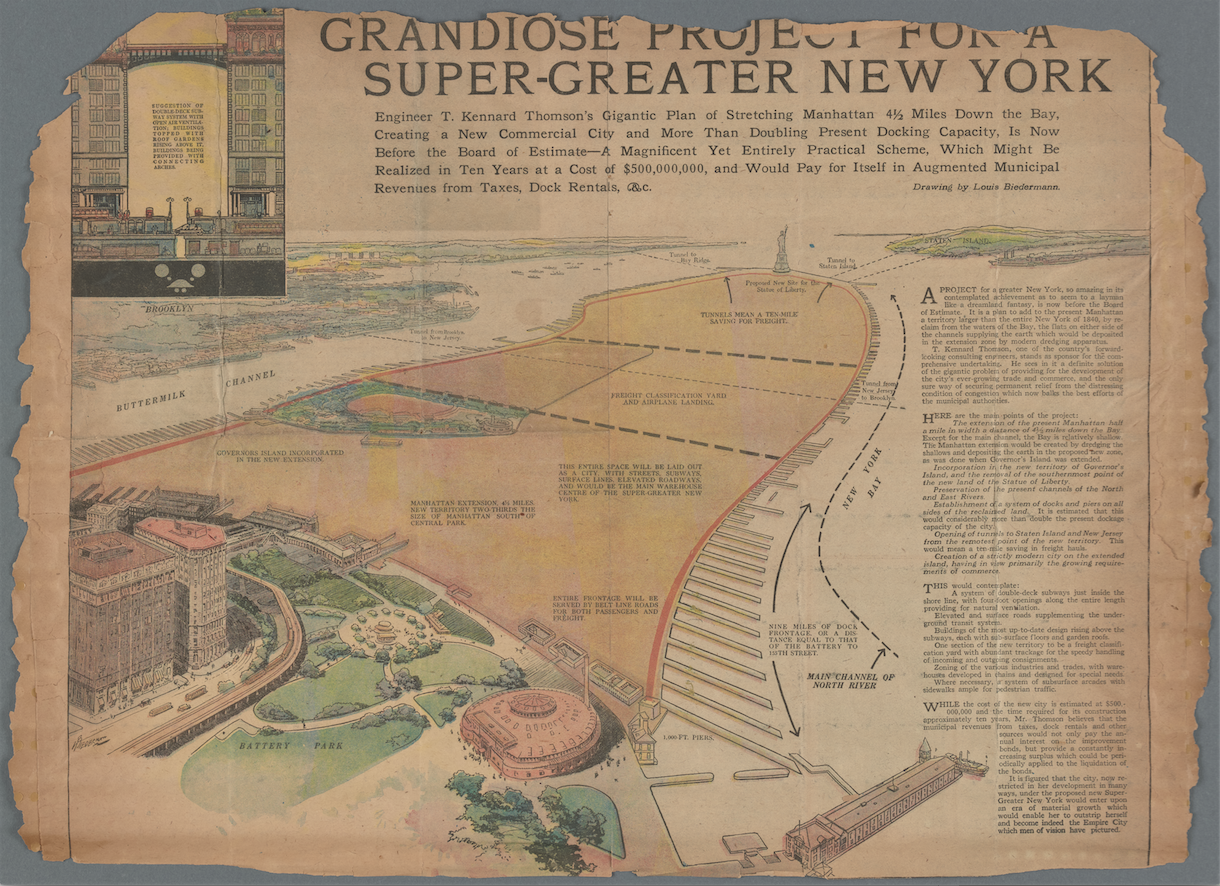
We can still do this. A nice walk to the Statue of Liberty on Landfill Manhattan.
Source of document.
Posted By: Paul - Mon Feb 05, 2018 -
Comments (6)
Category: Engineering and Construction, Excess, Overkill, Hyperbole and Too Much Is Not Enough, Urban Life, 1910s
When Havoc Struck
It's never news or entertainment when something goes right, only when it goes wrong. The 1978 TV series WHEN HAVOC STRUCK knew what people wanted. Glenn Ford must've needed a paycheck.
Other episodes on YouTube.
Posted By: Paul - Sat Dec 30, 2017 -
Comments (0)
Category: Accidents, Goofs and Screw-ups, Death, Destruction, Engineering and Construction, 1970s

| Who We Are |
|---|
| Alex Boese Alex is the creator and curator of the Museum of Hoaxes. He's also the author of various weird, non-fiction, science-themed books such as Elephants on Acid and Psychedelic Apes. Paul Di Filippo Paul has been paid to put weird ideas into fictional form for over thirty years, in his career as a noted science fiction writer. He has recently begun blogging on many curious topics with three fellow writers at The Inferior 4+1. Contact Us |




